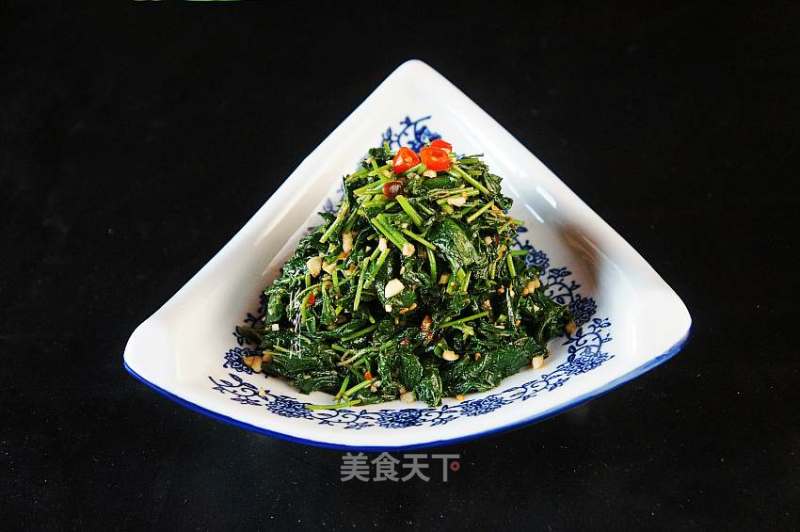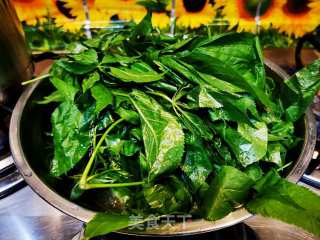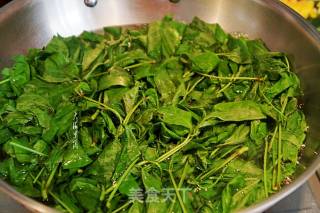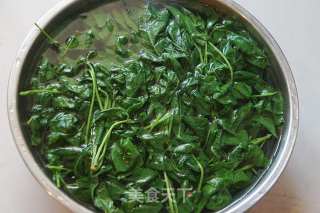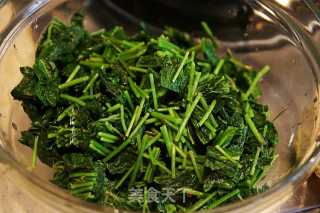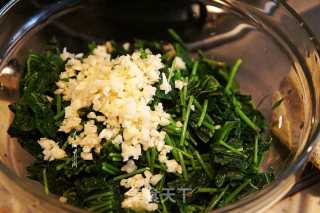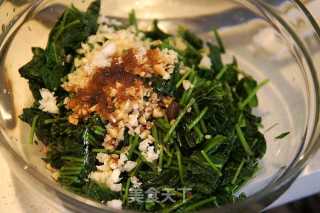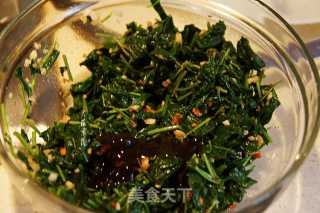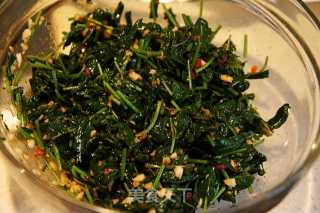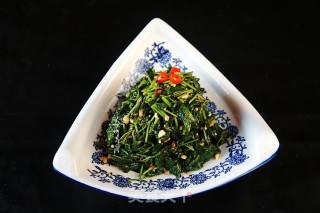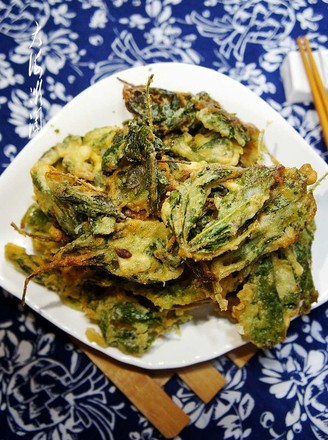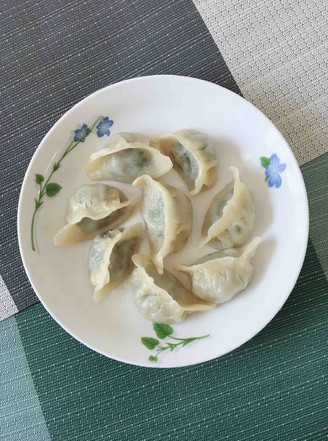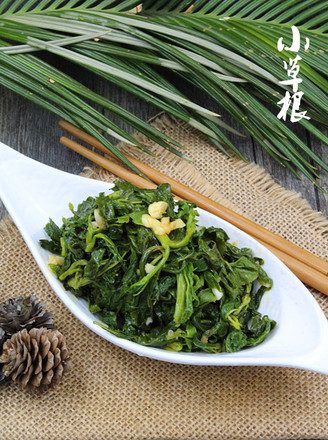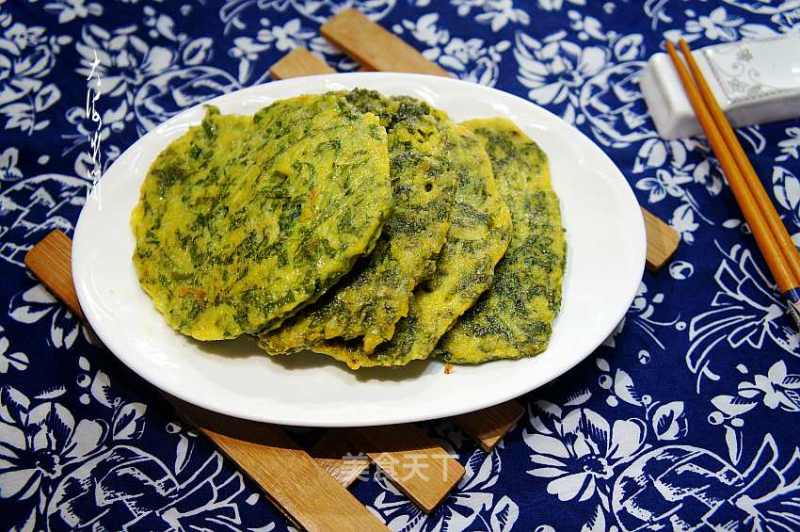Eleutherococcus Senticosus Leaves
1.
The pickled acanthopanax leaves are picked and washed clean. You can see that the front and back sides of the acanthopanax leaves are oily when not in the sun, and you can recognize them at a glance. Note that if the leaves are not particularly fresh and tender, the stalks of Acanthopanax senticosus should also be removed. I picked them very tender and can be eaten.
2.
Add appropriate amount of water to the pot, boil the water and drip a few drops of oil, add the Acanthopanax senticosus leaves to blanch water.
3.
Take out the leaves, soak them in cold water to remove the bitterness, or directly squeeze the water out and place them in a pot.
4.
Remove the soaked Acanthopanax senticosus leaves and squeeze out the water, cut into sections, and add to the container.
5.
Peel the garlic, wash and chop it, add it to the container, add more garlic to taste.
6.
Add sugar, vinegar, sesame oil, mushroom powder (if you don't have to add), homemade chili sauce and mix well.
7.
If you like, you can add some oyster sauce at the end to increase the freshness. The taste is different. If you like it, you can add a little salt. The chili sauce and oyster sauce are both salty. I didn't add salt.
8.
All the ingredients are mixed well, and the delicious side dishes for breakfast are OK.
9.
Serve it on the plate, cut a millet pepper if you can eat it, and mix well. If you can't eat it, cut a little millet pepper to garnish. It looks very appetizing.
Tips:
1. Whether it is the purchased acanthopanax leaves or the picked acanthopanax leaves, be sure to re-select, remove impurities, and clean them repeatedly to avoid mixing with other unedible wild vegetables, which may cause discomfort after eating.
2. Acanthopanax senticosus leaves can be served cold, stir-fried, boiled in soup, and stuffed. No matter how you eat it, it must be blanched in boiling water. The collected acanthopanax leaves can’t be eaten completely. You can blanch them and freeze them in the refrigerator. They can be taken out and eaten at any time, or they can be dried.
3. The choice of Acanthopanax senticosus leaves: Fresh acanthopanax senticosus leaves are oily green on both sides. This is the tender leaves, and the old acanthopanax leaves have no shiny luster.

